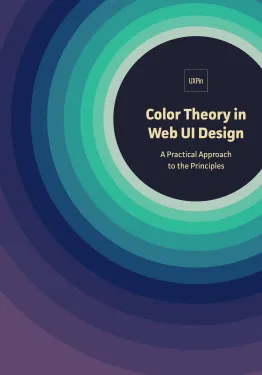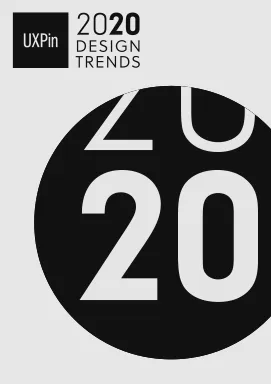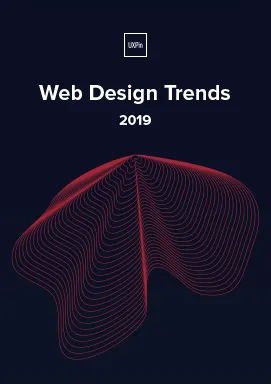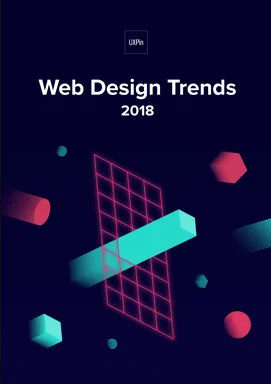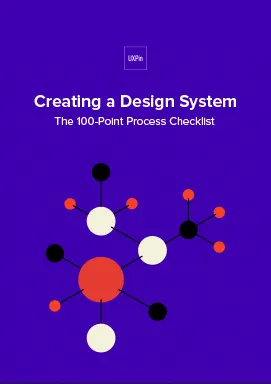Color Theory in Web UI Design
A Practical Approach To The PrinciplesThe Essential Guide to Color Theory for Web Design
For designers, product managers and anyone who wants to design better websites
Picking colors for a website can be such an intricate process. You can quickly get lost in the hundreds of hues that are out there. How do you decide what color your CTA button should be? What factors should you consider when choosing a color palette for a website? The guide to color theory in web design answers those and a lot more questions, illustrated with real-world examples. You will learn how some of the most well-known brands, such as Shopify, use color to grab readers’ attention to a specific part of the page.
Trends come and go. This ebook gets you familiar with the basic principles of color theory and how to apply them to real-life projects. These concepts are frequently used by some of the best web designers out there. Unlock the secrets of color theory in web design. They can mean the difference between a good and a great website.
What the Color Theory for Web Design Guide Will Teach You
- Chapter 1 [The Emotional Impact of Each Color] – Colors have a physiological and psychological effect on visitors. Learn about the common emotions elicited by main color groups, illustrated by a case study of a real business
- Chapter 2 [Contrast and Complements: The Art of Combining Colors] – Color combinations can be used to influence what visitors see more of on a website. Learn about the principles of combining colors to make elements stand out on your website
- Chapter 3 [Color Schemes: Best Practices for Mixing Colors] – Complementary? Triadic? Split complementary? Get to know the most common color structures and what kind of websites they work best with
- Chapter 4 [ Style Guides: Ensuring Color Consistency] – Examples of our favorite style guides that communicate the hues for consistency without overloading the reader
- Chapter 5 [Our Favorite Color Tools] – A list of must-have color tools for any designer that make web designing so much easier
Other Resources Related to Web Design Color Theory
Color is an essential part of any web design project. However, there are other elements that need to come together to design highly effective websites. Here is a list of resources that have proven helpful for beginners as well as expert designers to design websites that convert visitors.
Resources:
8 Typography Tips for Designers
The Complete Playlist of Design Trends for 2020
How to Design Your Website For Higher Conversions
3 Psychology Principles Web Designers Must Know
